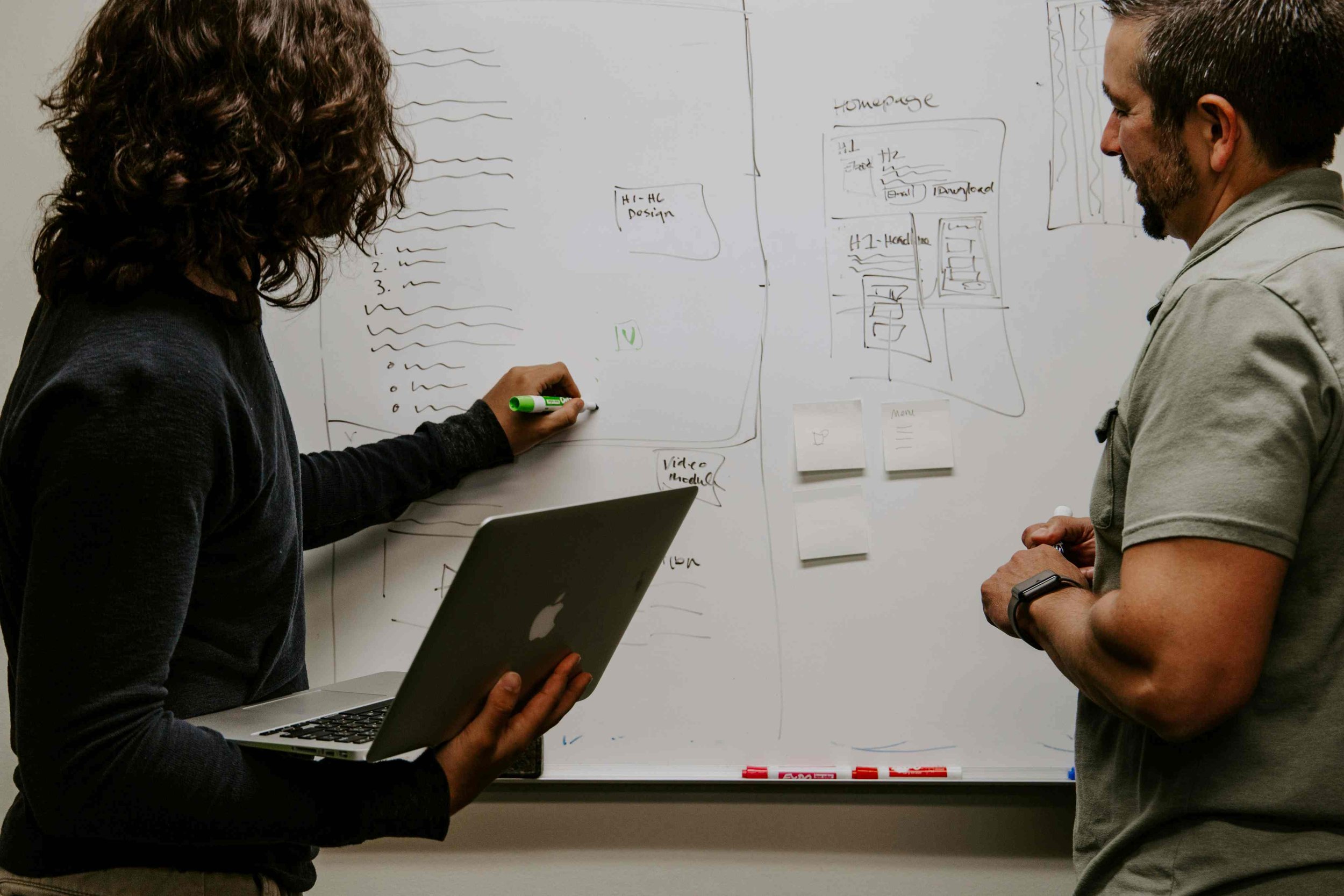Classic hackathons
Classic hackathons: build software in a weekend
Published on the 15th of February 2024. 3 min read.
Software development hackathons
Hackathons have been and are used in a myriad of cases and for the most diverse purposes. Nowadays, you can pretty much do everything with a hackathon. In this article, we want to explore the most classic version of it: build and test software.
Before we begin, in case you’re not familiar with the hackathon topic, we suggest you read this article first.
Furthermore, we’ve produced a very comprehensive guide on how to organise a hackathon.
You can check it out to better understand the planning process of such event.
We begin with rapid prototyping:
1. Rapid prototyping
What hackathons do is turn a vague idea into an operational Minimum Viable Product (MVP) within a weekend. These high-energy events gather a selected targeted audience to collaborate intensively on software projects.
The essence of a hackathon lies in its time constraint. This ticking clock fuels creativity, ignites urgency, and encourages participants to think out of the box. The result? Rapid prototypes that can be tweaked, tested, and eventually developed into full-fledged products. The benefits of such quick development and iteration are multifold: immediate feedback, early detection of flaws, and the ability to pivot if a particular approach doesn't work. Pretty cool.
2. Cybersecurity tests through ethical hacking
While hackathons are generally associated with building new software, they also play a critical role in testing existing software. One such aspect is ethical hacking or penetration tests (pentest). These tests involve a group of skilled ethical hackers who attempt to breach the software's security controls to identify vulnerabilities.
The prevalence of cyber threats in today's digital age makes ethical hacking not just beneficial but crucial. By detecting potential loopholes, companies can address them proactively, thereby ensuring the software's robustness and security.
3. Enhancing existing solutions
Hackathons serve as a platform not only for building new software but also for enhancing existing solutions. These events offer a fantastic opportunity to develop new functionalities, different features, and improvements that can be integrated into current products. This is an approach some of our Clients asked us to apply: don’t reinvent the wheel, just make it better.
4. Usability testing (UX)
User research studies are fundamental in any digital product that aims for a top-class-quality user experience (UX).
A hackathon provides an excellent opportunity to perform usability tests on a large scale. With a targeted group of participants, companies can easily gather qualitative and quantitative feedback, collect end-user insights and later on work on improvements based on real data.
Such insights are instrumental in refining the user experience and ensuring the product or service aligns with the target audience's needs and expectations.
5. Integration
Hackathons are a great space for exploring integrations. Systems integration involves finding new ways of integrating existing software through APIs, webhooks, and other programming options.
Hackathons are also a great place to integrate bots. Bots, or automated software applications, can execute tasks faster and more accurately than humans, making them incredibly valuable in a hackathon setting.
6. Conclusion
Hackathons provide a fertile ground for rapid prototyping, innovation, software testing, and improvement. They underline the value of ethical hacking in safeguarding software security.
Moreover, hackathons have immense potential to enhance existing solutions and perform UX tests. They incubate a creative environment where ideas can be tested, challenges can be addressed, and cutting-edge solutions can be made.
So, whether you're looking to develop a new app, test your existing software, or simply cultivate innovation in your team, consider hosting or participating in a hackathon. It could set the stage for your next big breakthrough.
7. Expert tip ✦ more than MVPs: innovation challenges
If you’re looking for more structured results than MVPs or prototypes then consider running an innovation challenge.
Innovation challenges are longer hackathons, in which the ideas are developed beyond MVP and prototypes into ready-to-market apps, software, or solutions.
In this guide, we explained how we conduct this kind of event, including some expert tips.
Let’s talk if you want to know more about innovation challenges and hackathons.


